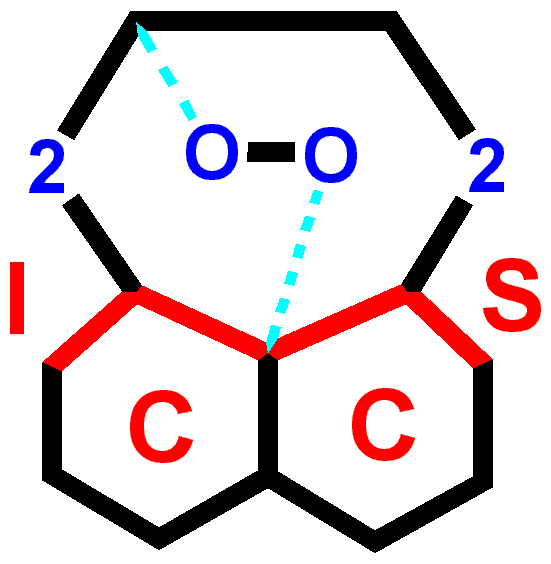 |
|
HOME |
Updated on 15 December 2002
General
Information
Transportation
to Symposium Venue
The symposium will be held in the
Academic Building on the campus of HKUST. Taxi can stop in front of the Atrium
in the Piazza. Bus stops are located in front of the Main Entrance. Please
follow the ISCMC-2002 sign to the registration desk in the Concourse of the
Academic Building. Refer to the location and
campus maps of HKUST for details.
Address: The Hong Kong University of Science and Technology, Clear Water Bay, Kowloon, Hong Kong. Tel. 2358-7359 (Chem Dept). You can show the following Chinese address for asking direction.
![]()
From Hunghom
Railway Terminal
The most convenient way for travelling
to HKUST is by taxi, especially when you come in a group. The estimated fare is
around HK$150. Connections from "Hunghom" to HKUST by the underground Mass Transit
Railway (MTR) and buses are available at lower cost. However, it will take much
longer time and needs several connections.
From Lo Wu
Railway Terminal
Make stop at "Kowloon Tong" railway
station and transfer to the underground Mass Transit Railway (MTR). Get off at
Diamond Hill and take 91M or 91 bus to HKUST. Another convenient
option is to hire a taxi from "Kowloon Tong" or "University"
(4 stations ahead of Kowloon Tong) railway
station to HKUST. It costs about HK$120-140.
Hong Kong
International Airport
Airport
Express (AEL)
This high-speed rail service takes passengers from the airport to "Hong Kong" Station in the Central business district in just 23 minutes, including two stops on route. HK$90 per single journey.
ISCMC-2002 delegates should get off
at the "Tsing Yi" or "Kowloon" station and hire a taxi from there to HKUST. It costs about
HK$150. See the HKUST location map for detail.
Taxi
Metered taxis are reasonable. Rates start at HK$15.00 on flag fall plus HK$1.40 every further 250 meters. Taxis only accept HK$, only pay the fare shown on the meter plus any additional charges when applicable (e.g. luggage, tunnel tolls).
All passengers pay an extra fee per
piece of luggage (charges displayed in taxi). The estimated fare and distance
from the airport to HKUST is around HK$350 including tolls (~40 km). All taxis
must produce a receipt for the paid fare. Take a receipt for your record when
leaving the taxi.
Adults (12 years and over): HK$50
(airport tax is usually included in the air ticket price). Children (under 12
years): Free. The tax is collected at the airline check-in counters in the
departure hall.
Language
The Cantonese dialect and English are
the official languages in Hong Kong, though the use of Mandarin is growing. Most
people in the service industry speak English quite fluently.
Climate
The late December weather in Hong
Kong is the most pleasant with daily average temperatures ranging between 12-18
°C for 2001.
Health
Vaccination certificates are not
required for yellow fever, cholera and typhoid for visitors travelling to Hong
Kong. However, you are advised to check with your doctor well before departure
as requirements can change without prior notice.
Currency
The Hong Kong Dollar (HK$) is the unit currency used in Hong Kong. The official exchange rate of Hong Kong dollar to US dollar is 7.80 (subject to fluctuation). Most foreign currencies and traveller's checks can be changed over banks, hotels and moneychangers. Major credit cards are accepted in Hong Kong. There are no restrictions on the type or amount of money that can be brought into or taken out of Hong Kong.
IDD
Regional code for Hong Kong is
“852” immediately followed by the local telephone number. However, if you
are making a call to other cities in the Chinese Mainland, you should dial the
country code “86” then followed by the area code and the local telephone.
Electricity
Electricity is supplied as
alternating current and the voltage is 200/220 Volts/frequency 50 cycles.
Public Transport
Hong Kong is so compact, getting
around is quite easy. Fleets of taxis, buses, trams, harbor ferries,
complemented by the excellent Mass Transit Railway (MTR) underground system,
enable visitors to explore Hong Kong on their own safely and conveniently.
Smoking Policy
It is smoke-free zone in all
symposium and exhibition rooms.
Personal
Property
Please take good care of your
personal belongings. Do not leave them unattended. Neither the organizer nor
staff from the venue will be responsible for any loss or damage of your personal
property.
Insurance and
Liability
The organizer does not accept
responsibility for any individual, medical, travel or personal insurance.
Delegates are advised to secure their own insurance policies as necessary.
Visas
Requirements
Please check the website of the
Immigration Department of Hong Kong SAR Government if you need a visa to enter
Hong Kong. Visa applications may be submitted to Chinese diplomatic and consular
missions nearest to the applicants' place of residence. The normal processing
time for a visa application that requires reference to the Immigration
Department of Hong Kong SAR Government is 4 to 6 weeks.
Address: Immigration Department, 2/F Immigration Tower, 7 Gloucester Road, Wan Chai, Hong Kong
Tel. (852) 2824 6111; Fax: (852) 2877 7711
Website: http://www.info.gov.hk/immd/english/topical/e/1.htm
Invitation
Letter
If you need an invitation letter
issued by the symposium organizer for applying your travel document to Hong
Kong, please tick the relevant box in the section of Personal Details of the
Registration Form. However, no financial assistance or obligation on the part of
the symposium organizer is implied. All registered contributing authors will be
provided a similar letter upon notification of acceptance of your abstracts.
Disclaimer
Updated on 15 December 2002 by Wei-Min Dai